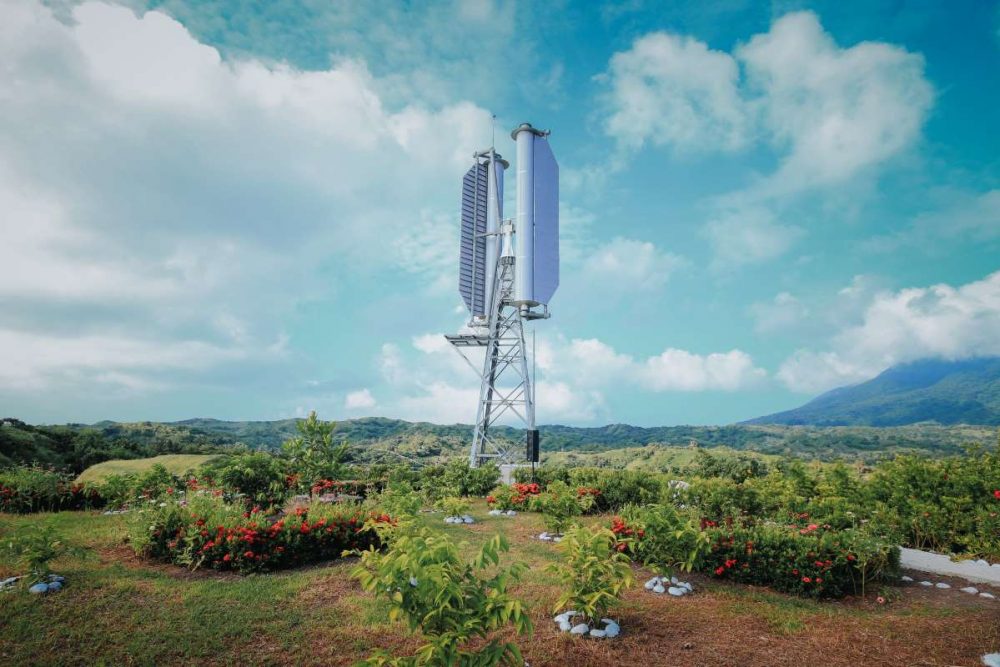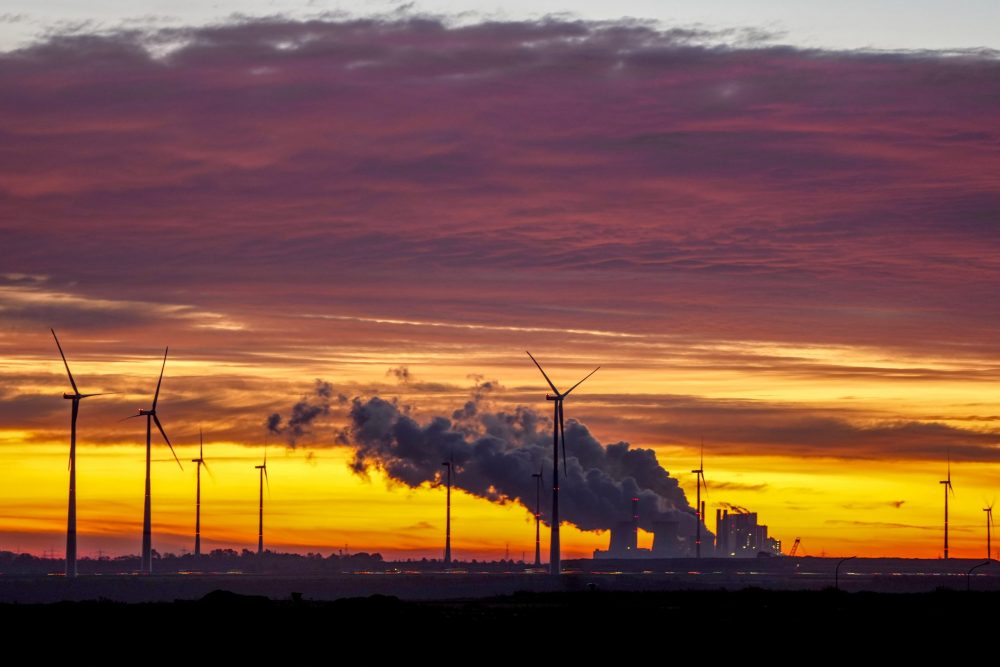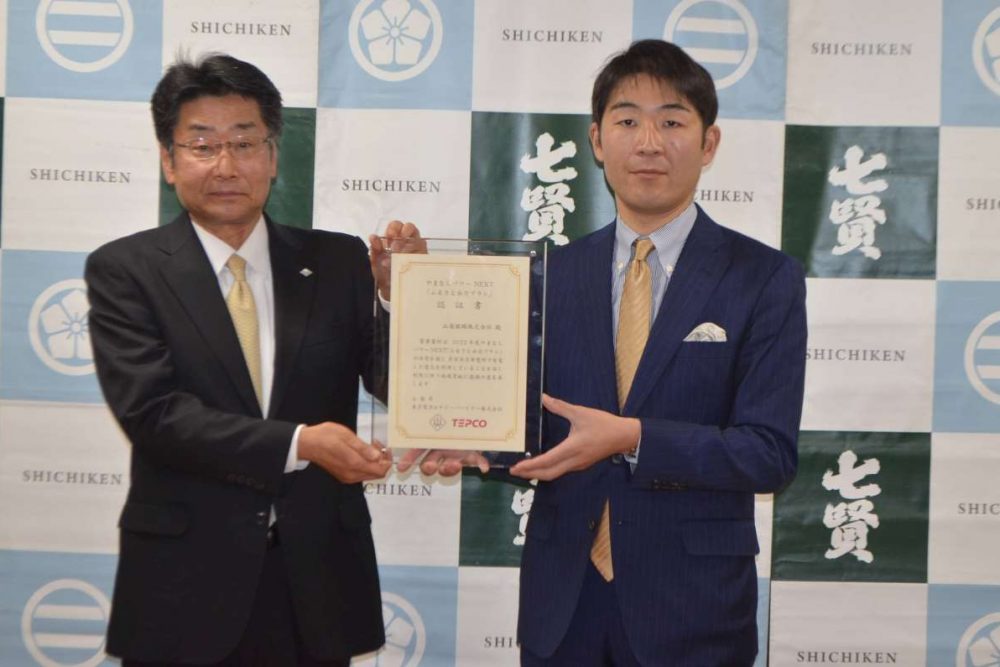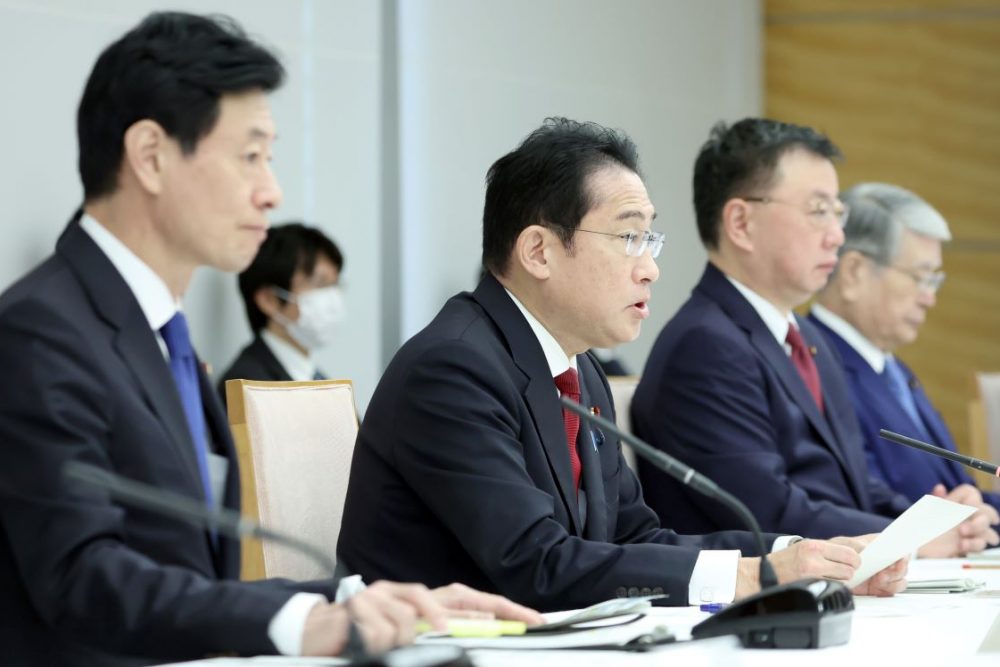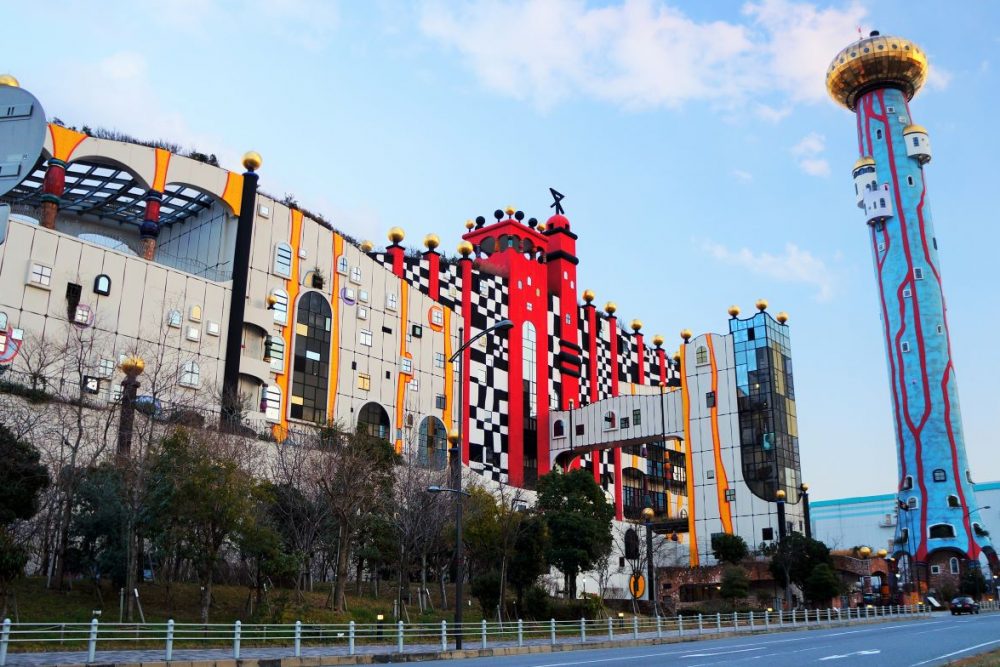Hokkaido's Wind Power Dilemma: Balancing Energy Needs with Environmental Impacts
Wind power is rapidly gaining momentum in wind-rich Hokkaido, but environmental concerns loom as giant turbines pose risks to the natural environment.
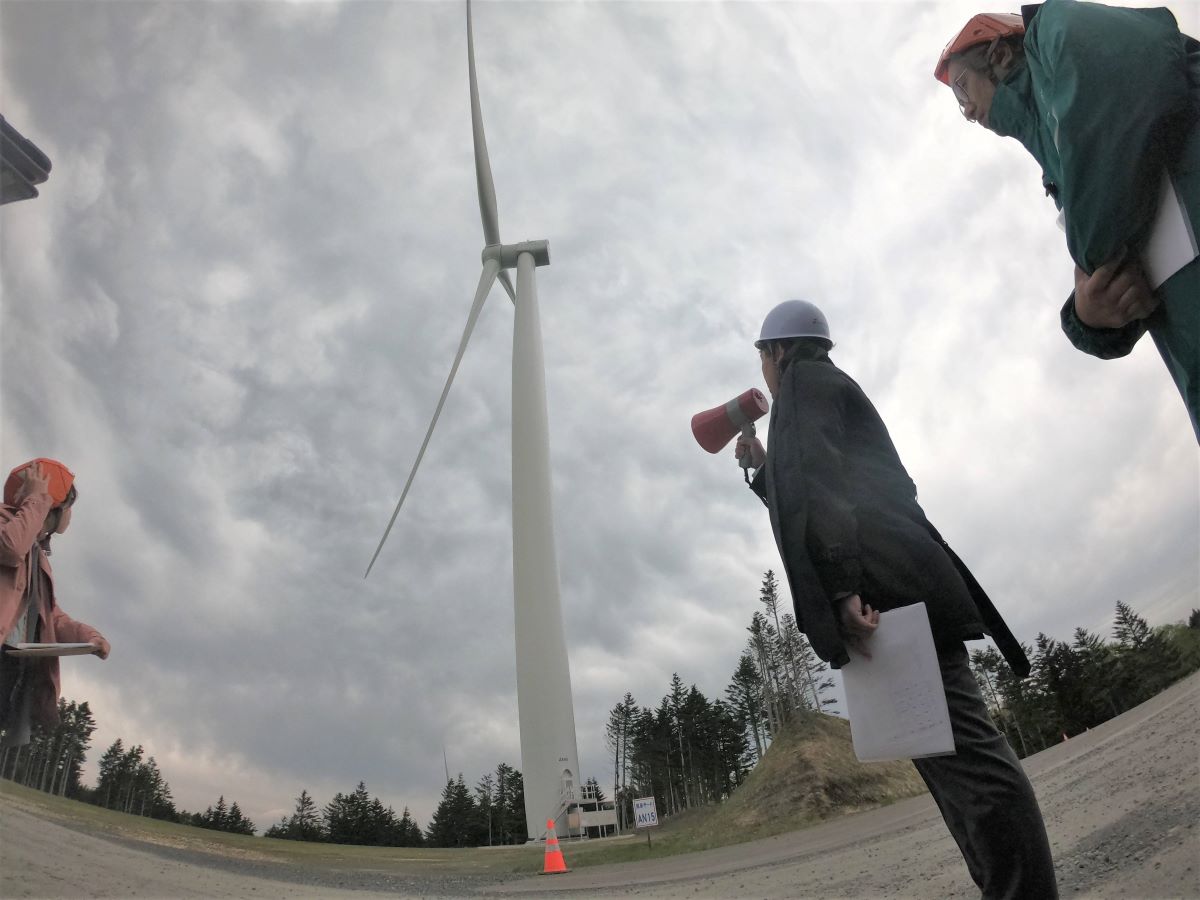
このページを 日本語 で読む
Japan's northernmost regions, like Wakkanai City in Hokkaido, have seen a surge in onshore wind power in recent years. This growth is partially driven by increasing electricity demand arising from the rapid spread of generative AI and the expansion of data centers. Another factor is the area's excellent wind conditions, considered the best in the country.
In late May 2024, a ceremony was held to commemorate the completion of two large wind farms. The facilities form part of the Dohoku Wind Power Project funded by Japan's largest wind power company, Eurus Energy Holdings Corporation. I took advantage of this event to visit the area and report on its wind farms.
172 Turbines in One City
In Toyotomi Town, adjacent to Wakkanai City, the north section of the Ashikawa Wind Farm (WF) began commercial operation in January 2024. Sixteen turbines, each 142 meters high including the blades, line the area's hills, generating 68,800 KW of electricity.
A large bus took us from Wakkanai to the wind farm. Even on a cloudy day, the sight of rotating blades from the bus window was impressive. Upon arriving at the site via an unpaved road laid during construction, the deep bass of the turbines resonated throughout the area. On the day of our visit, there was a strong wind warning in effect. The turbines were rotating at maximum speed, underscoring the area's excellent wind conditions.
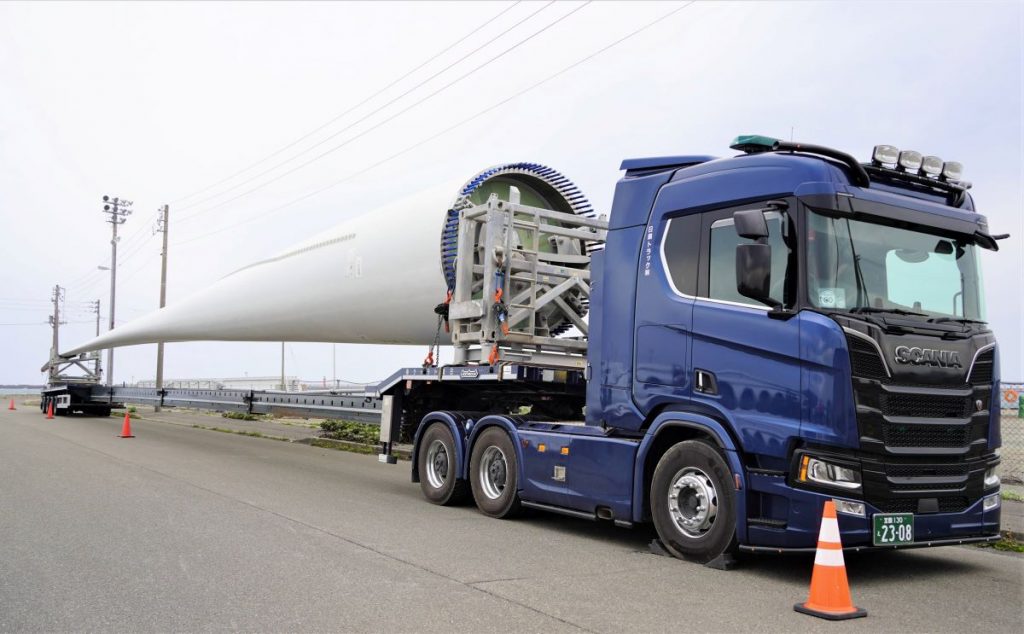
The south section of the wind farm, with 15 turbines generating 60,000 KW, is scheduled to begin operation in the spring of 2025. Combined output will total 128,800 KW, making it the largest in the Northern Hokkaido region.
Wakkanai has the most turbines of any municipality in the region. According to city data, 12 wind farms operate a total of 172 turbines, generating 487,830 KW. When the two farms under construction (132,200 KW) and eight undergoing environmental impact assessment (1,869,300 KW) are included, the total capacity is projected to reach 2,489,330 KW. The city is quickly becoming the largest wind power producer in the country.
Bird Strikes
The Sixth Strategic Energy Plan, announced by the Ministry of Economy, Trade and Industry in 2021, aims to reduce greenhouse gas emissions by 46% by 2030 (compared to 2013 levels). Expanding renewable energy, including 17.9 GW of onshore wind and 5.7 GW of offshore wind is central to the plan. The plan also aims to increase the ratio of renewable energy in the power mix from 20% in fiscal 2009 to a nearly double 36-38% by fiscal 2030. The government has high expectations for wind power, which can provide a more stable commercial power source than solar.
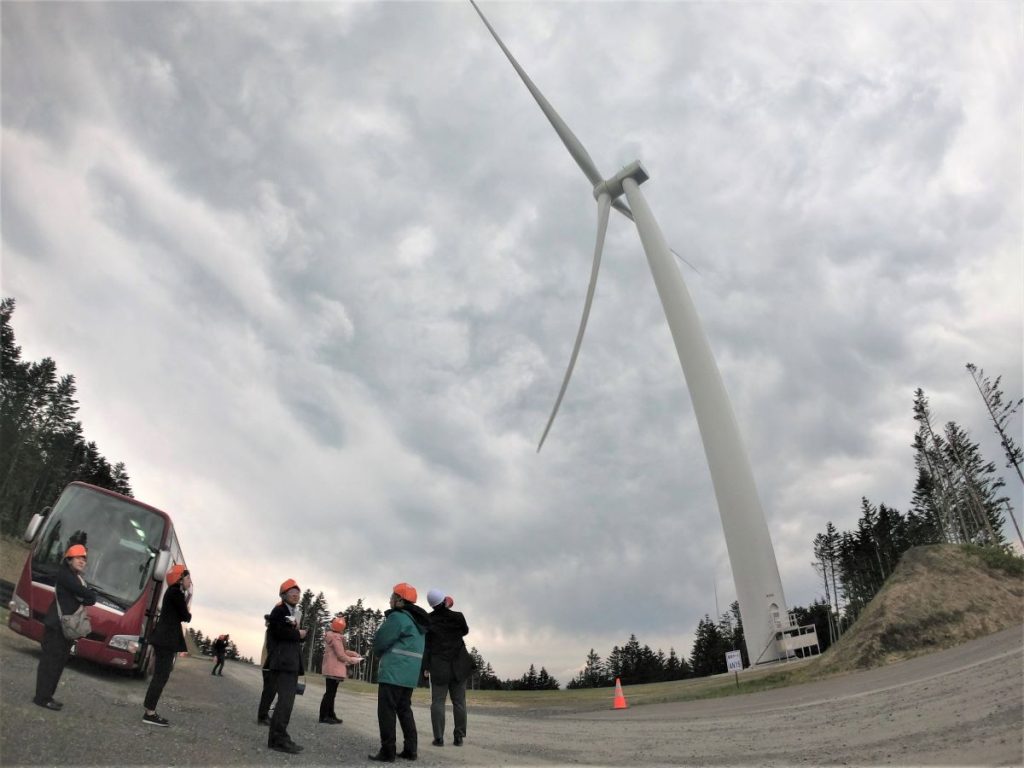
Eurus Energy cites several advantages of wind power: zero CO2 emissions, high facility utilization rates, contributions to energy self-sufficiency, and the capacity to operate at night.
However, there are some disadvantages. These include unstable power generation due to changes in wind direction and strength and high maintenance costs. Noise and low-frequency sound is also an issue, and the company acknowledges the need for some degree of consideration.
In Northern Hokkaido, with its wetlands serving as stopover points for migratory birds, bird strikes, or bird deaths caused by collision with the turbines, present a major challenge. The Ministry of the Environment released a report in May 2024 on injured or diseased domestic rare species of plants and animals. Reportedly eight white-tailed eagles were victims in 2023, matching the record-high number also seen in 2019.
Risks to an Endangered Species
Regarding the impact on nature, Eurus Energy states, "We present predictions and results based on preliminary surveys to experts from local governments, the Ministry of the Environment, and the Ministry of Economy, Trade and Industry. We are proceeding with the project according to their recommendations."
The company has plans to establish new wind farms in the area totalling one-million KW in capacity. But some locals are calling for a halt to projects. They are concerned that sediment inflow into rivers with impact an endangered freshwater fish known as the Sakhalin taimen or Japanese stringfish. The fish lives in the Sarufutsu River system within the construction area.
Sites with suitable wind conditions are limited, leading to a territorial "battle" of sorts between businesses. Meanwhile, locals voice concerns that environmental impact assessments are insufficient, calling for the suspension of projects.
Eurus President and CEO Tetsuya Suwabe, acknowledged the tensions in an interview with Sankei Shimbun. "We are aware that local residents have concerns. We aim to promote understanding through careful dialogue and disclosure of survey results to the local community while making necessary revisions," he said.
Coexisting with Local Residents
Wakkanai's mayor Hiroshi Kudo recently gave remarks at a completion ceremony for the Kabaoka Wind Farm. "It is not local governments that play the role of choosing between development and conservation. We have cooperated with businesses to contribute to decarbonization by leveraging regional advantages," he stressed.
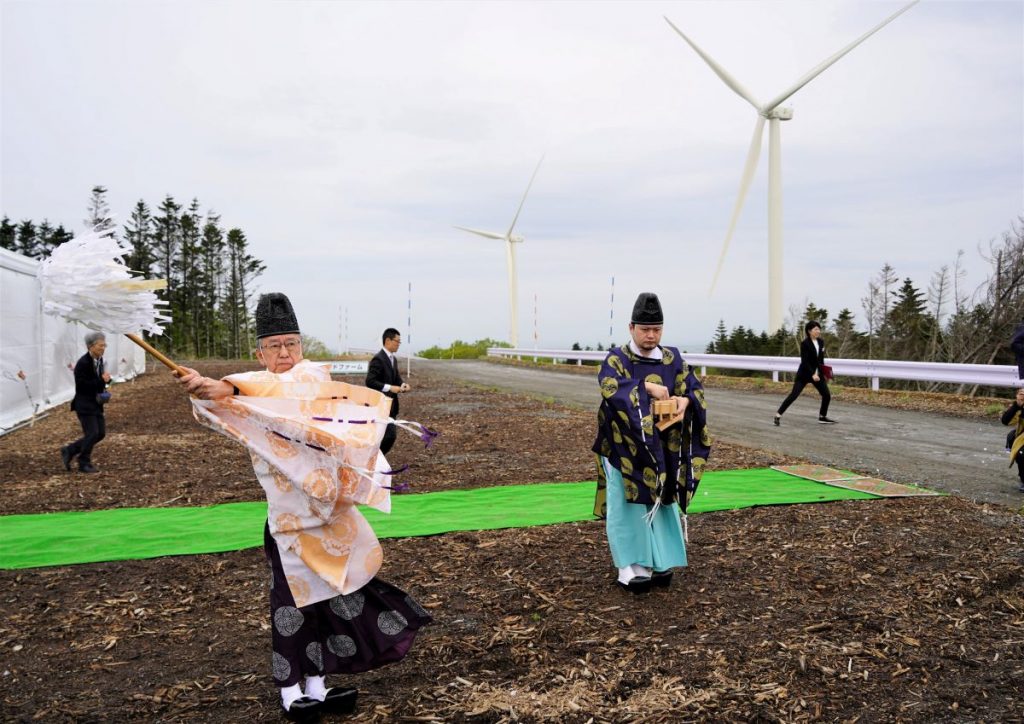
The area is recognized for favorable wind conditions, but problems remain. Impacts on the natural environment are of concern, and the transmission infrastructure is vulnerable. "We will take the time to address each issue as we proceed with development that can coexist with local residents, as we have always done, to ensure continuity for future generations," emphasized Major Kudo.
While walking through the area, several residents mentioned that wind power impacts their daily lives. But there is a strong local sentiment in favor of installation, making it difficult to voice contrary opinions.
Wind power is expected to play a key role in combating global warming. It can also supply electricity to urban areas with increasing demand and bring benefits to local areas through increased tax revenue and job creation. Standing on the hills of Wakkanai City, where construction is progressing, I strongly hope for more careful dialogue on the issues.
このページを 日本語 で読む






